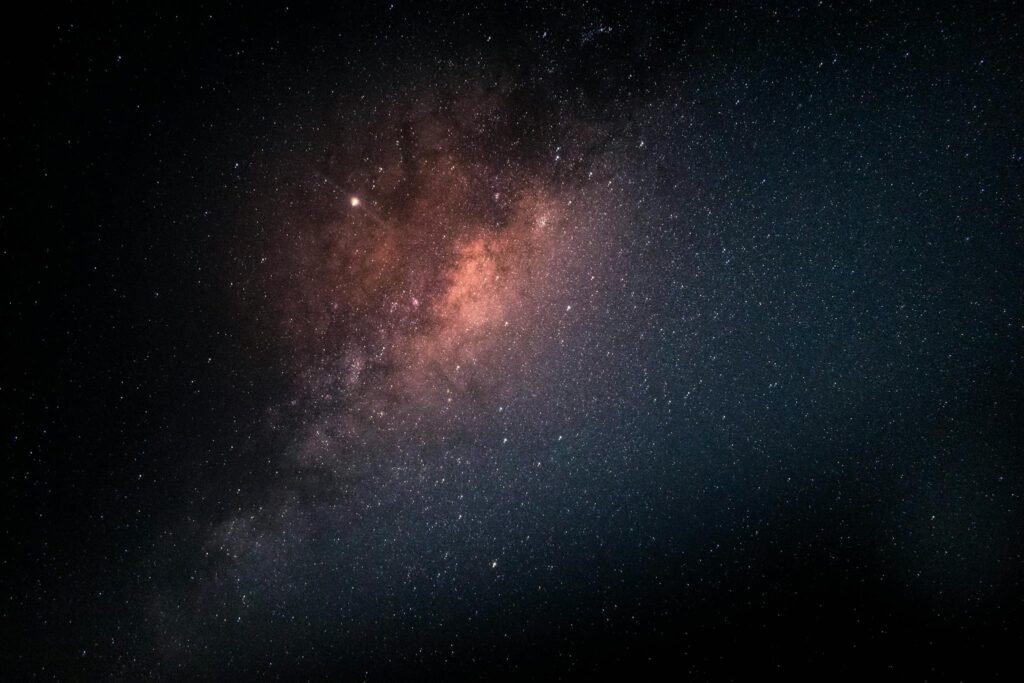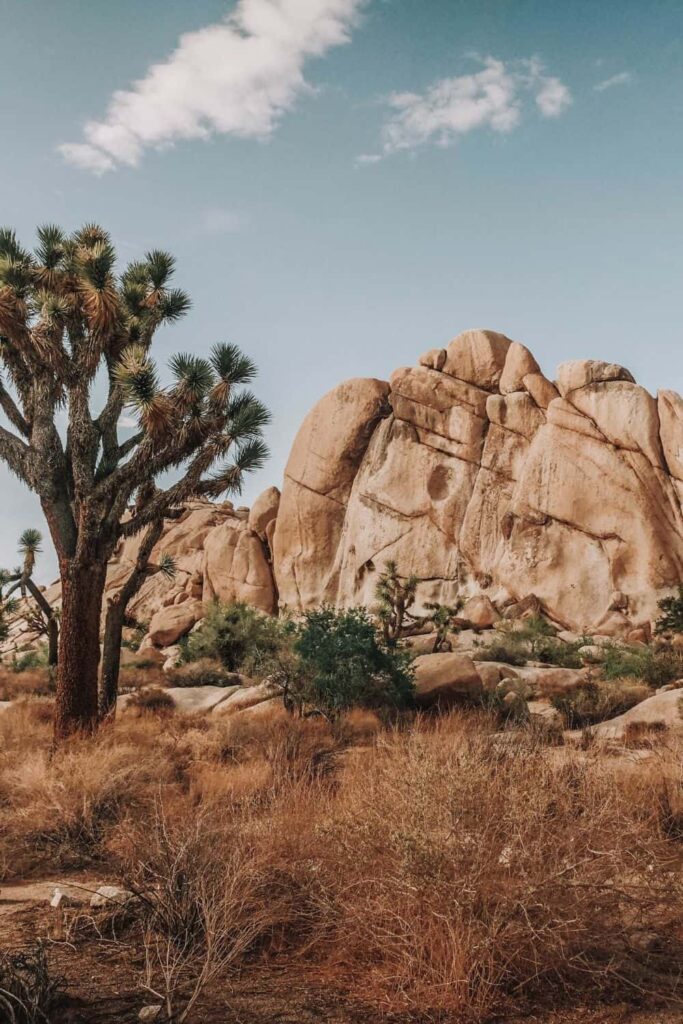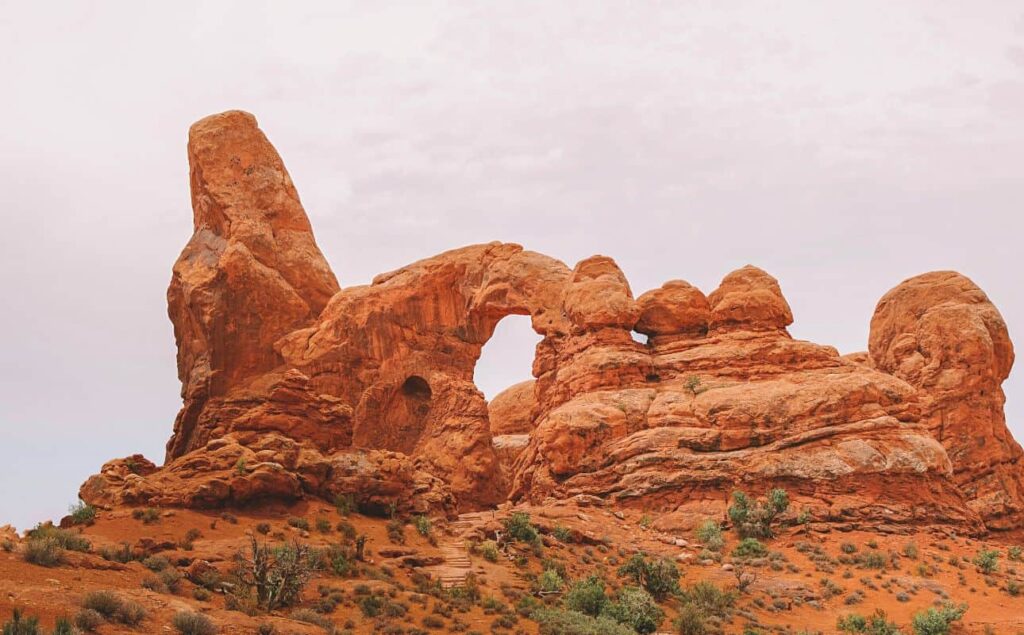Discovering the Beauty Of The American Dark Sky Parks Together
We often recommend for couples to go stargazing. Why? Because looking at the stars together creates an intimate setting that can easily spark conversation. It will have you wonder about the universe and have connected conversations.
In addition, stargazing oftens offers a calm atmosphere and is cheap and easy to organize. Every year, there is one event in the world that allows most people to see meteorites: The Geminids Meteor Shower. It’s a great seasonal date idea to switch your routine.
But that’s a rare event! Have you ever looked into the night sky and wondered where all the stars have gone? You are not alone. According to the International Dark Sky Association, 99% of the public in North America and Europe can’t experience a natural night sky.
Thanks to ever-growing populations and increased light pollution, the skies are getting brighter at an alarming rate. A study published in Science magazine suggests that the skies are getting 10% brighter every year.
Astro-tourism has become increasingly popular as people have started to realize what they are missing when they look up and long to see the Milky Way and the constellations and make a wish on a falling star.

What Are Dark Sky Parks?
According to the International Dark Sky Association, Dark Sky Parks exhibit “an exceptional or distinguished quality of starry nights and a nocturnal environment specifically protected for its scientific, natural, educational, cultural heritage, and/or public enjoyment.” These parks often have programs to help visitors appreciate astronomy and understand the importance of preserving dark skies.
Currently, 22 countries have parks certified as International Dark Sky Parks; this article will highlight the top 10 Dark Sky Parks in the United States.
Top 10 US Dark Sky Parks

Joshua Tree National Park
Located in Southern California, just over two hours from Los Angeles, you’ll find Joshua Tree National Park. This park starkly contrasts LA’s bustling city and bright lights and is one of my favorite places to enjoy the dark sky. It’s also a great addition to a west coast road trip.
Once the sun goes down over the boulders and prickly arms of the namesake Joshua Trees, the park comes to life. You can see the Milky Way and more stars than you ever knew existed and listen to the eerie sounds of the nocturnal hunters that roam the park. There are numerous areas to pull over to stargaze and many campsites in and around the park if you’d like to enjoy a whole night under the stars.
Great Sand Dunes National Park and Preserve
In SouthWest Colorado, you’ll find Great Sand Dunes National Park. While it is not one of the most popular National Parks during the day, lovers of astronomy flock here to witness the impressive show of stars that emerge once the sun goes down.
Due to its remote location, the park and surrounding area are prime spots for stargazing.
Glacier National Park
Glacier National Park, the crown jewel of the continent, is located in Montana and is one of the most popular and beautiful parks in the nation.
Due to its location, stargazers can even see the Northern Lights dancing across the Montana Sky several times a year. My favorite locations to look for the constellations are Lake McDonald, Logans Pass, and St Mary’s Lake dock.
Chiricauhua National Monument
This underrated Arizona gem is hands down one of my favorite places to visit. The towering, lichen-coated rocks stretch hundreds of feet into the sky, creating an other-worldly atmosphere.
This park is in the middle of nowhere, so there is no artificial light to get in the way of pristine sky-viewing opportunities. Chiricauhua has excellent air quality, low annual precipitation, mild temperatures, and clear night skies. For the best view, head up the road to Massai Point, but be sure to bring a jacket, even in the summer.

Arches National Park
When people hear Arches National Park, they automatically think of sweeping views and red rock arches as far as the eye can see. It is spectacular here, especially at sunrise.
You can spend your day driving through the park or hiking to the famous Delicate Arch, but at night, you’ll want to find a quiet area of the park and gaze upwards.
You may also like: The Best 4 Arizona To Utah Road Trips
Big Cypress National Preserve
About 45 miles west of Miami, you’ll find one of the darkest skies east of the Mississippi. Big Cypress National Preserve is a cypress swamp vital to Florida’s local ecosystem and wildlife habitat. Once a month, from December to March, you can join a ranger-led astronomy night where you can participate in telescope viewing and learning about the visible constellations, stars, planets, and galaxies.
Voyageurs National Park
One of the nation’s least visited National Parks, Voyageurs National Park in Minnesota, is one of the best places to enjoy the dark skies. Visit during the summer when the Northern Hemisphere is titled toward the Milky Way, giving you the brightest view of the galaxy. If you get lucky, you may even be treated to a show from Aurora Borealis while you are here.
Only some places in Voyageurs will have the best sky views; I recommend the Meadwood Day Use Area or the upper parking lot at Rainy Lake Visitor Center.
Lyndon B. Johnson National Historical Park
While this isn’t your typical park-like setting, it is still a fantastic place to immerse yourself in American history and experience the wonder of a dark sky location. This historical location is in Texas, North of San Antonio and West of Austin. You can tour the boyhood home of the former President, see the Texas White House, and see where LBJ lived his final days.
Named a Dark Sky Certified Park in 2021, the National Park Service is working hard to preserve the skies over this area as the population of the cities nearby also grows and produces more artificial light.
Great Basin National Park, Nevada
Great Basin has been hailed as having one of the darkest skies in the lower 48 and named a Premier International Dark Sky Park. Due to the remote nature of this park, nearly everywhere you go is a great location to stargaze. You can also visit the Lehman Caves Visitor Center to check out the Astronomy Amphitheater.
You can see the Milky Way and perhaps the Andromeda Galaxy during the summer. During the winter, you can see Orion and Pleiades. Great Basin is an excellent place to view nearby planets, too.
Craters of the Moon National Monument, Idaho
While visiting Idaho, you may be surprised to come across the rocky and vast lava beds of Craters of the Moon National Monument. In the summer and fall, you can attend a Star Party with volunteers from the Pocatello Astronomical Society. During these special nights, you can use telescopes and binoculars and learn about the sky from the experts there.
A great way to enjoy the dark skies of Craters of the Moon is by staying overnight in one of the inpark campgrounds.
Other Dark Sky Parks in the US
Other parks carry the name International Dark Sky in addition to the parks above. You can find those parks in Colorado, Utah, Texas, Florida, Arkansas, North Carolina, New Mexico, California, Maine, Kentucky and Tennessee.
You may also like: Soaking In The Best Natural Hot Springs Around Lake Tahoe
Tips for Visiting a Dark Sky Park
Now that you’ve discovered your favorite Dark Sky Park, you’ll need to know how to be prepared for your visit. The dark skies are very vulnerable to light intrusion. It’s essential for optimal viewing for you and those around you that you understand the etiquette surrounding astro-tourism. Here are a few guidelines to help you on your way.
- Check the weather—this may seem obvious, but the fewer clouds in the sky, the more stars you will see. For most locations, summer is the best option for having clear skies, although in areas like Great Basin, Big Cypress, and Chirichua, winter can be great, too.
- Check the moon cycle—To see the stars and galaxies at their very brightest, you don’t want a full moon. The darker the skies, the brighter the stars will appear.
- Check an astronomy app—before you go, look at an astronomy app for your location to know what you can see. Look for planets and constellations that may be viewable for the time of year and area you are in. Be sure to do this beforehand, as you won’t want the light from your phone to ruin your viewing.
- Take your time—it takes about 20 minutes for your eyes to adjust to extreme darkness. Once you get to your viewing location, sit somewhere and wait. Gradually, you’ll start to see the stars come into focus. The longer you are in the dark, the more you can see.
- Be conscious of light—any amount of light can ruin the experience for you and others. Once exposed to any light, you’ll have to wait for your eyes to adjust again. Light can come from headlights pulling into parking lots, cell phones, or flashlights. It’s good practice to turn off your headlights as you park and leave your phone in the car, and if you must use a light to walk to your viewing location, use a headlamp or flashlight with a red light instead of a bright white light. If you do not want to purchase a special red light, you can cover your flashlight with red cellophane and achieve an acceptable result.
There is a saying that the National Park Service uses when discussing these unique parks, “Half the park is after dark.” I’ve found this to be accurate time and time again. I never tire of gazing up at a sky full of stars and being reminded how small we all are in the scheme of the vast universe.
This article originally appeared on Wealth of Geeks.
More From Us
- 14 Reasons americans Think Living In California Just Isn’t Worth It anymore
- 10 Mistakes to Avoid When Visiting Honolulu
- 12 Mistakes to Avoid When Visiting California in the Winter
— SAVE THIS POST —
Did you like this post? If you liked this post, don’t hesitate to share it!
Want to save this post? You can pin the following images on pinterest to save this post.

Chantelle Kincy (Guest Author)
Chantelle Kincy is the owner ofFlannels or FlipFlops. She combines her writer and travel advisor expertise in this unique space to inspire wanderlust and offer practical travel insights. With a specialty in cruise travel and a passion for exploring the grandeur of National Parks, Chantelle brings a wealth of experience to her readers. Her mission? To guide fellow travelers in creating unforgettable journeys and lifelong memories.
